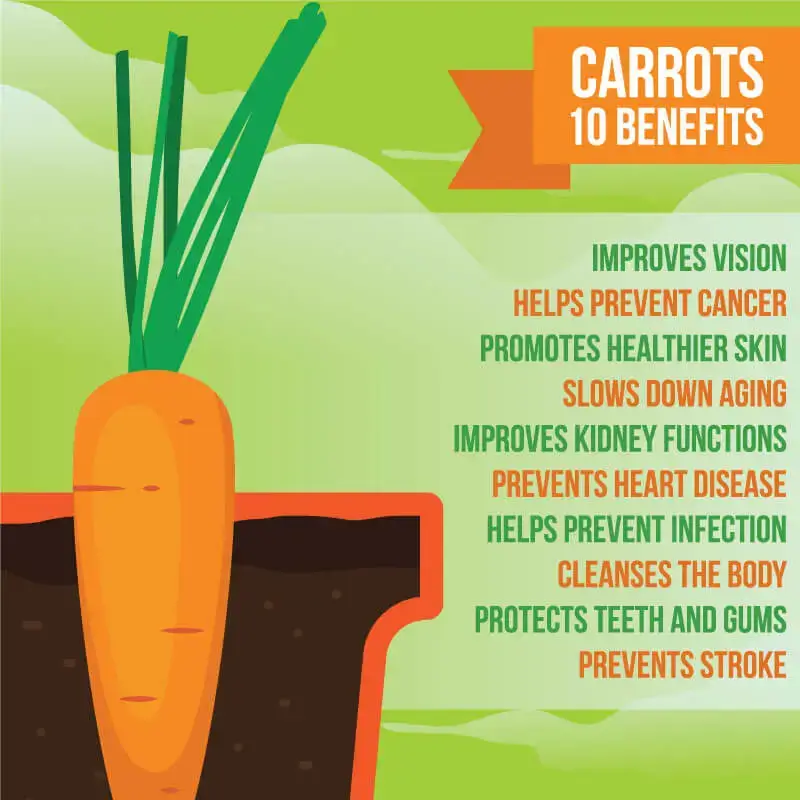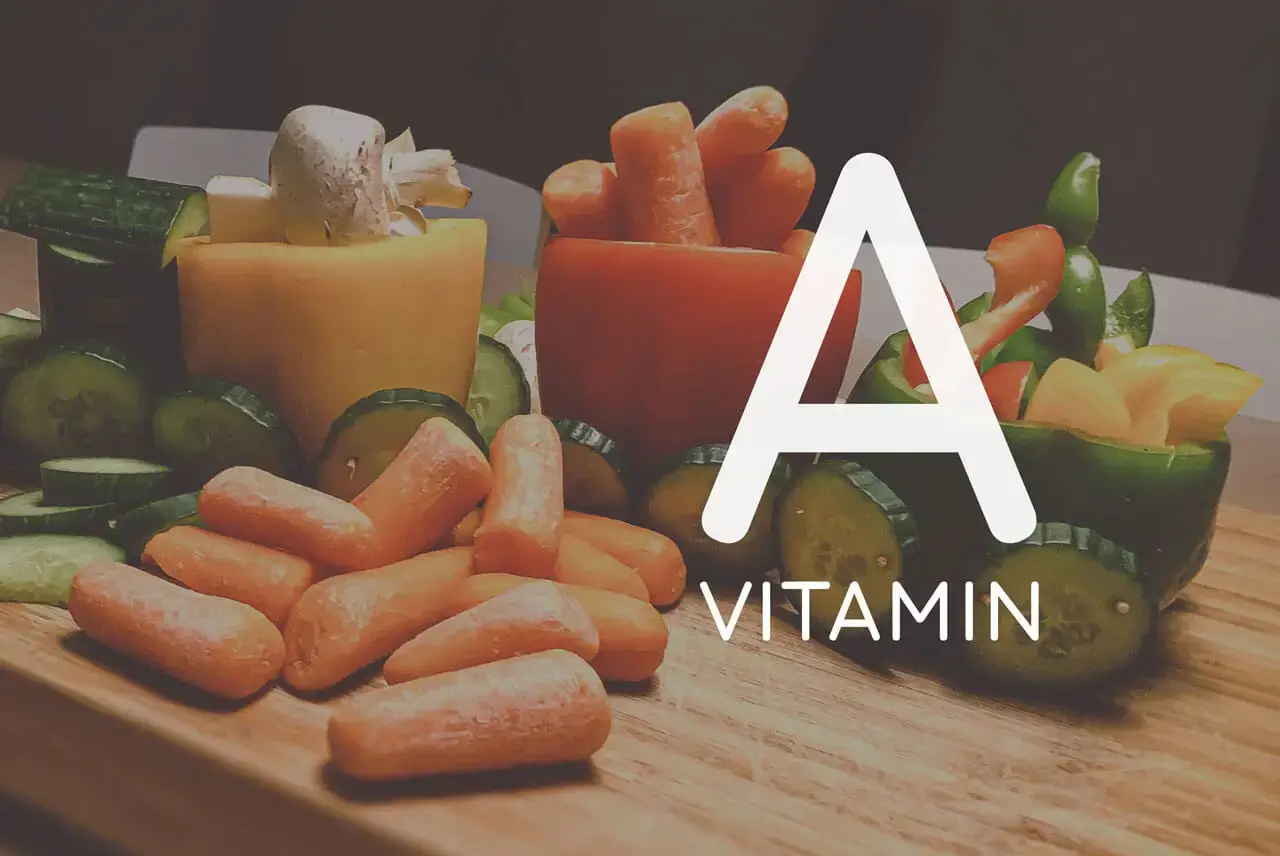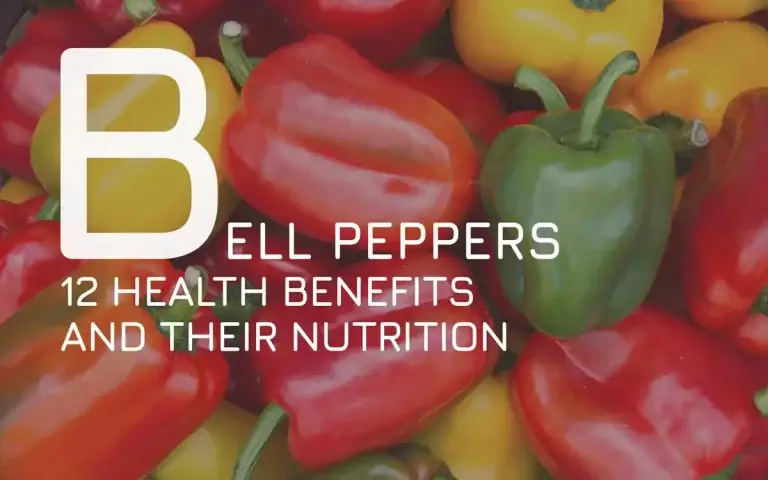Vitamin A – Everything You Need to Know
Vitamin A is an important vitamin that we need for healthy skin, eyesight, and immunity. It can be found in many foods such as cod liver oil, carrots, spinach, kale, broccoli and even squash. But how much of this vitamin should you take every day? Here’s a quick guide to help answer any questions you may have about Vitamin A!
What is vitamin A?
Vitamin A is an essential nutrient that helps with the normal functioning of our cells; it also supports growth and development at all stages from infancy into adulthood. The body needs beta-carotene to convert or synthesize vitamin A which typically comes through food sources–as we age though those stores deplete so supplementation becomes necessary in some cases.
There are 2 kinds of Vitamin A: preformed, which means that it comes from animal products and provitamin A carotenoids (plant based).
Preformed vitamin A: Preformed vitamin A can be found in animal products, such as liver and fish oil and is needed for healthy eyesight.
Provitamin A carotenoids: Provitamin A carotenoids are plant based– meaning we get them from vegetables like carrots and sweet potatoes or fruits like mangoes and papayas. These carotenoids convert into vitamin A after our body processes them through the gut (aka they’re ‘pre-vitamins’).
Sources of vitamin A
Please find below a list of vitamin A products with source and Retinol activity equivalences
| Source | Retinol activity equivalences, mcg/100g | |
|---|---|---|
 | Cod liver oil | 30000 |
 | Liver turkey | 8058 |
 | Liver beef, pork, fish | 6500 |
 | Liver chicken | 3296 |
 | Ghee (clarified butter made from the milk) | 3069 |
 | Sweet potato | 961 |
 | Carrot | 835 |
 | Broccoli leaf | 800 |
 | Butter | 684 |
 | Kale | 681 |
 | Collard greens | 575 |
 | Butternut squash | 532 |
 | Dandelion greens | 508 |
 | Spinach | 469 |
 | Pumpkin | 426 |
 | Cheddar cheese | 265 |
 | Cantaloupe melon | 169 |
 | Bell pepper/capsicum, red | 157 |
 | Egg | 140 |
Dietary recommendations
The dietary recommendations of vitamin A are the following :
- Children age five or younger should get between 400 to 600 IU of Vitamin A per day.
- Adults need 900 to 2800 IU of vitamin A daily, and pregnant women require 2700 IUs during the second half of their pregnancy. Elderly people may also need more than the recommended amount for healthy eyesight as they are at an increased risk for vision problems.
There is not a set standard dosage because there are so many factors that influence how much we would need such as genetics, race/ethnicity, gender (women have higher requirements), what kind of carotenoids you’re consuming from your diet and if you smoke cigarettes which can increase calcium excretion from bones causing low bone density levels.
List of recommendations.
Pregnancy
| Life stage group | (mcg RAE/day) | Upper limits (UL, mcg /day) |
|---|---|---|
| <19 years | 750 mcg | 2800 mcg |
| >19 years | 770 mcg | 3000 mcg |
Lactation
| Life stage group | (mcg RAE/day) | Upper limits (UL, mcg/day) |
|---|---|---|
| <19 years | 1200 mcg | 2800 mcg |
| >19 years | 1300 mcg | 3000 mcg |
Infants
| Life stage group | (mcg RAE/day) | Upper limits (UL, mcg /day) |
|---|---|---|
| 0–6 months | 400 mcg | 500 mcg |
| 7–12 months | 600 mcg | 600 mcg |
Children
| Life stage group | (mcg RAE/day) | Upper limits (UL, mcg/day) |
|---|---|---|
| 1–3 years | 300 mcg | 600 mcg |
| 4–8 years | 400 mcg | 900 mcg |
Females
| Life stage group | (mcg RAE/day) | Upper limits (UL, mcg/day) |
|---|---|---|
| 9–13 years | 600 mcg | 1700 mcg |
| 14–18 years | 700 mcg | 2800 mcg |
| >19 years | 700 mcg | 3000 mcg |
Males
| Life stage group | RDAs or AIs (mg RAE/day) | Upper limits (UL, mg/day) |
|---|---|---|
| 9–13 years | 600 mcg | 1700 mcg |
| 14–18 years | 900 mcg | 2800 mcg |
| >19 years | 900 mcg | 3000 mcg |
Dietary supplements
For those who are unable to consume the recommended amounts of Vitamin A from food, supplements may be necessary. The two forms available in dietary supplements for vitamin A is retinol and beta-carotene.
Retinol: Retinyl palmitate or retinyl acetate can also be found as ingredients in some foods like milk and cereal; it’s important to note that these sources will not provide you with enough vitamin A if you don’t get enough from your diet due to its low absorption rate when consumed orally compared to other food sources such as liver (also high in fat).
Beta Carotene: Beta carotene is a form of preformed vitamin A which comes naturally from plant foods containing carotenoids, like carrots. It’s also the most common form of vitamin A found in dietary supplements made from plant sources for those who cannot consume enough preformed Vitamin A through food because it is much more readily absorbed (even when consumed orally). Plant based forms of beta carotene are not as rich in nutrients as animal-based and fortified versions; they need to be carefully combined with other vitamins or minerals which work synergistically with them to maximize absorption rates.
Benefits of Vitamin A
The benefits of vitamin A are so many. From it’s required for nearly all aspects of a human being, such as maintaining healthy skin and mucus membranes to supporting the immune system in fighting infections.
It’s important for good vision, healthy skin and bone growth, cell division, and immune function. Research suggests that vitamin A may be good for bone health and vision. Studies have found possible links between low levels of this nutrient and an increased risk for some chronic diseases, including certain cancers, dry eyes (keratoconjunctivitis sicca), corneal ulceration or descemetocele in people with the HIV virus infection. Some studies also show it might help protect against lung cancer.
Boys who are deficient in vitamin A before puberty can develop weaker bones as they get older; girls could grow up to be shorter than their healthy counterparts because of poor growth and development while growing up during childhood.

Deficiency of vitamin A
The deficiency of vitamin A is associated with chronic malabsorption of lipids, impaired bile production and release, and chronic exposure to oxidants, such as cigarette smoke, and chronic alcoholism.
The long-term consequences may be an increased risk of developing certain cancers, dry eyes (keratoconjunctivitis sicca), corneal ulceration or descemetocele in people with the HIV virus infection. Some studies also show it might help protect against lung cancer.
Boys who are deficient in vitamin A before puberty can develop weaker bones as they get older; girls could grow up to be shorter than their healthy counterparts because of poor growth and development while growing up during childhood.
Children born to mothers with severe pre-existing malnutrition have low levels of vitamin A stores at birth and a greater likelihood for diarrhea disease related morbidity and mortality if not supplemented on time.
Beta Carotene Side Effects
There have been cases where people consuming too large an amount of beta carotene by themselves were experiencing side effects such as hypothyroidism, osteoporosis and liver toxicity due to excess intake levels that may.
Final Thoughts
Our final thoughts about Vitamin A is that this is a nutrient that we need to make sure our children are getting enough of.
Many parents might be wondering if there really is any harm in feeding their kids extra vitamins or minerals? The answer is not much; as long as you keep them healthy with a balanced diet and avoid giving too high doses over time.
Questions answered
By NutriWins team










